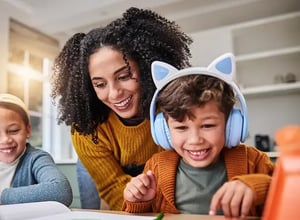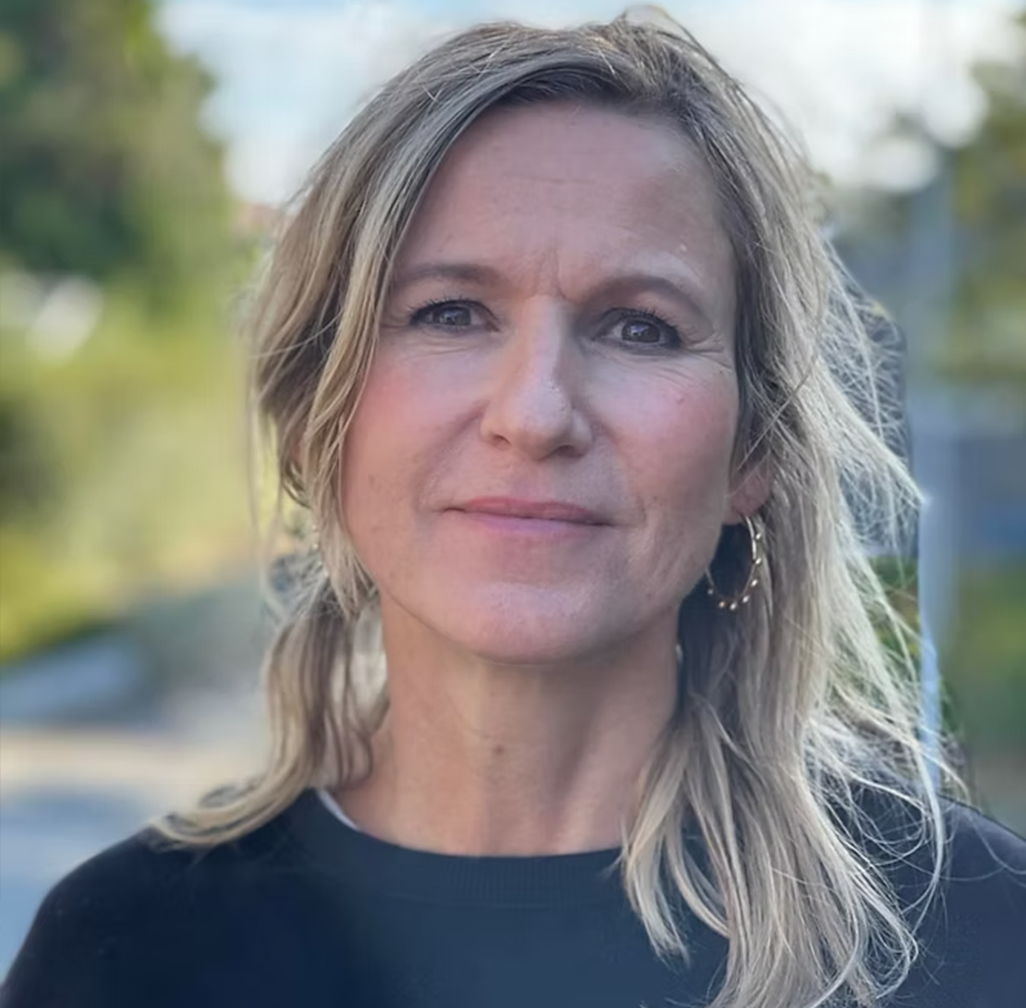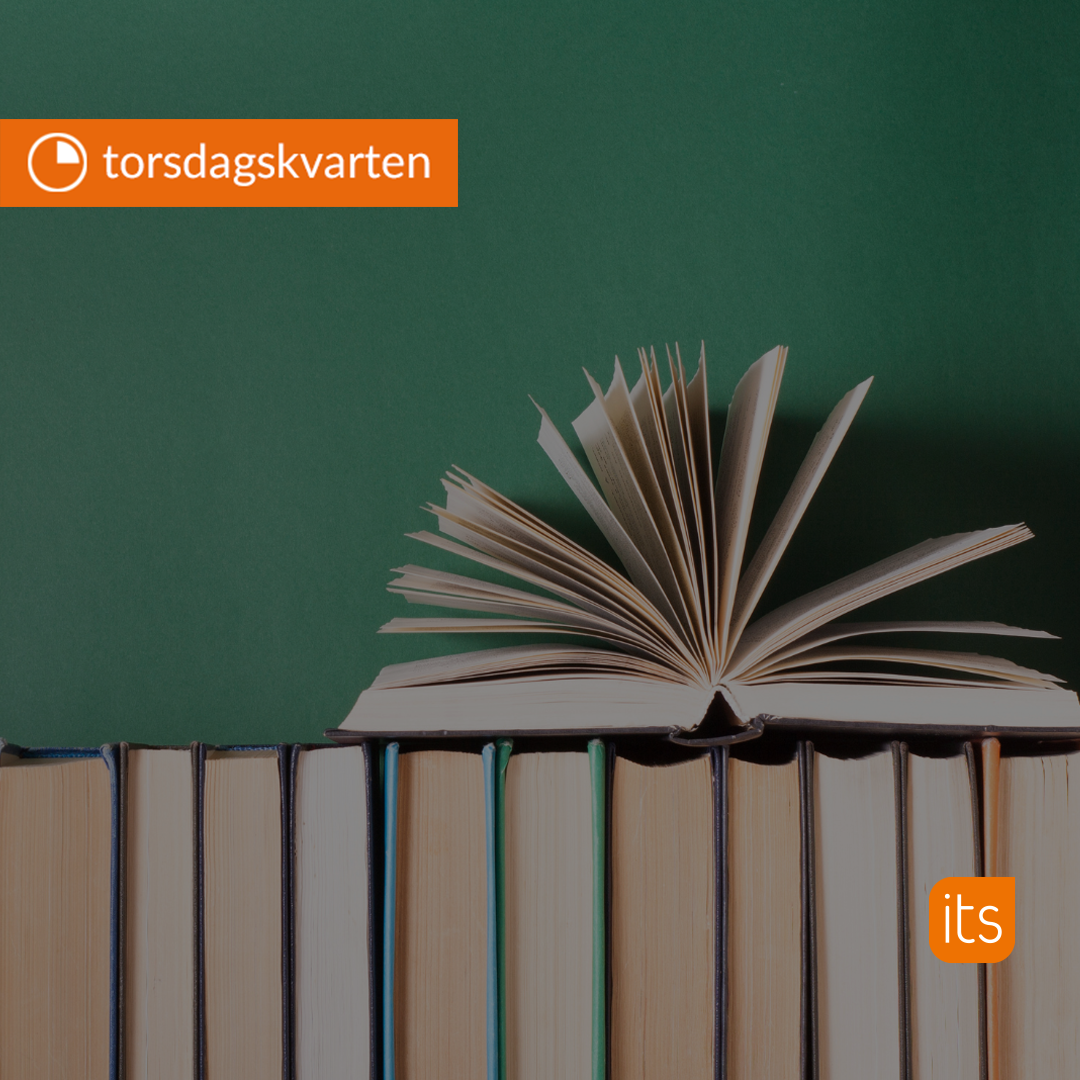Explore customer stories and how our products helped solve problems and meet their needs.

More than ABCs: Giving children a school start that builds confidence and curiosity
Translation generated by an AI translation service
How do we give children the best possible start at school? For Primary school teacher Mari Lura Elvedahl, it begins with creating a safe and inclusive learning environment from day one.

In 2019, Mari founded BokstavMari, offering courses, talks, webinars and development projects with one clear purpose: to help all children experience a positive start to school. She’s passionate about early intervention, not just as a teaching strategy, but as a mindset. It’s about believing in every child’s potential and recognising the school’s role in helping them unlock it.
Creativity, adaptability and community
Mari is a strong advocate for nurturing children’s natural creativity and curiosity, something she believes schools must be conscious of right from the start.
“Children arrive at school brimming with creativity. For me, keeping that alive is very important.”
She adapts her teaching to ensure that every child, whether they already can read and write, or are just starting, can experience success. Her goal is to create learning that feels meaningful and inclusive for everyone. But shifting established practice isn’t always easy. That’s why she emphasises the importance of collaboration, a willingness to experiment, and a culture of sharing among colleagues. When teachers support each other, it becomes easier to explore new approaches.

Exploratory writing
The first years of school are crucial for building the foundations for future learning. But it’s not just about letters and phonics, it’s about helping children believe in themselves and develop a lifelong love of learning. When they experience success early on, their inner motivation grows.
"In the stage when they’re just starting to crack the reading code, it’s so important to protect their joy and motivation. Their motivation is the engine. They want to write. They want to create."
Instead of starting with traditional letter-by-letter instruction, Mari uses what she calls exploratory and meaningful writing, inspired by the Writing to Read method. It’s a method that allows children to express themselves freely, without spelling or handwriting getting in the way of their message.
To support this, she uses tools like keyboards with audio feedback, helping children connect sounds to letters and express themselves in writing, even before they’ve fully mastered handwriting.
Mari has seen first-hand how putting meaning before form gives children a stronger sense of ownership and motivation. Many teachers who try the approach tell her that, after seeing the difference it makes, they couldn’t imagine going back to more traditional methods.
Collaboration with parents and guardians
Parents and guardians play a key role in their child’s learning journey, and Mari encourages close collaboration, always with the child’s development in mind. She advises parents not to correct their child’s writing, but instead to write a ‘grown-up version’ underneath. That way, the child’s original voice is preserved while the text remains readable, supporting both motivation and confidence.

Every child deserves to succeed
Mari has a clear message for fellow teachers: Be patient. Be curious. Be open to new ways of working. When we give children space to be creative, allow them to progress at their own pace, and help them feel capable, we’re doing more than teaching them to read and write, we’re helping them build self-belief and a genuine love of learning.
"It’s those moments when a child really feels that they’re good at something, those are the best moments."
Thank you to Mari Lura Elvedahl for sharing her insights. If you want to learn more about creating a positive learning environment please visit her website BokstavMari.


-1.jpg)